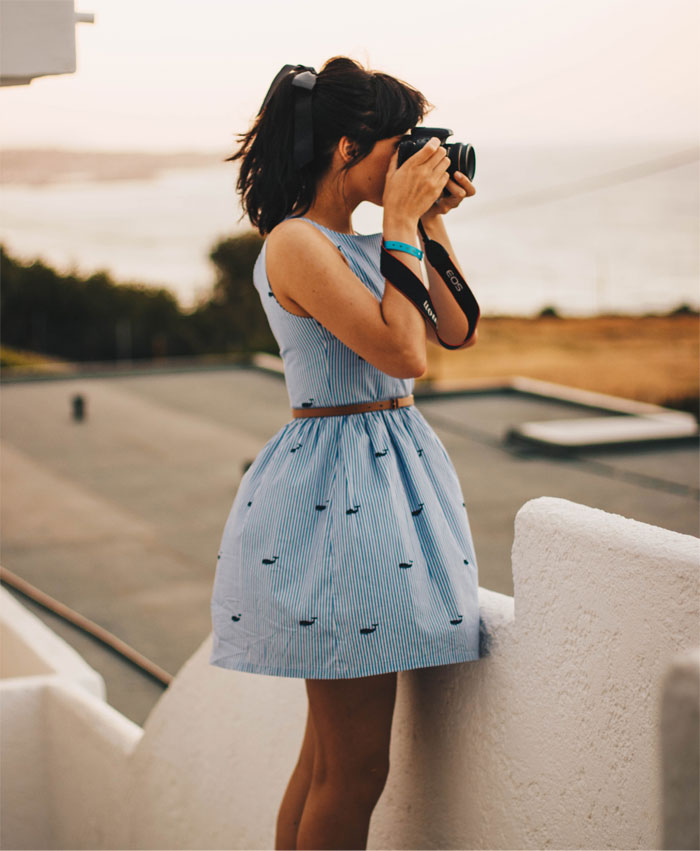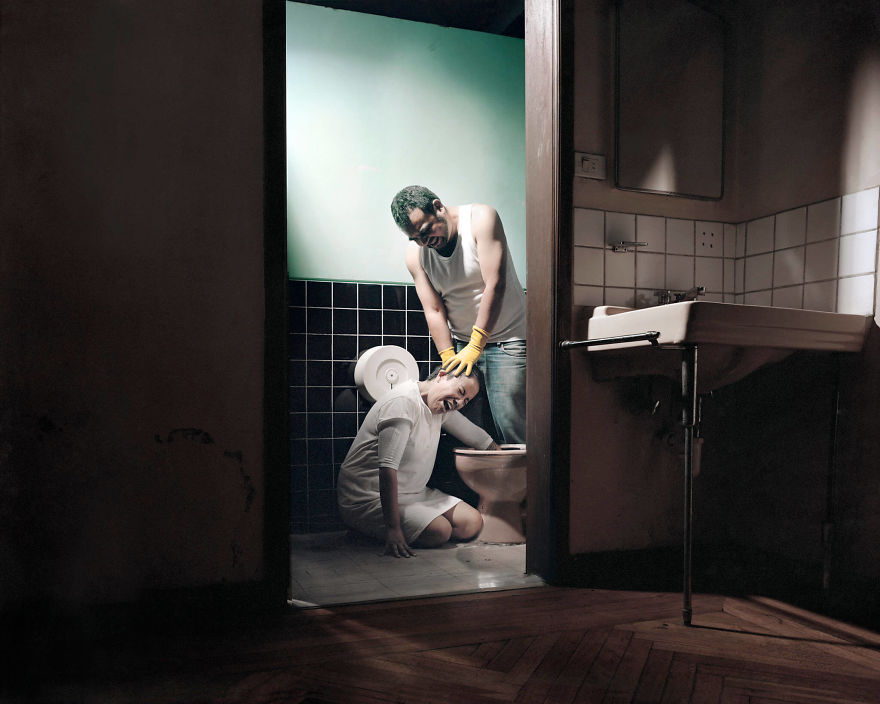
Dorothea Lange at work in California, 1936. Library of Congress, Prints & Photographs Division, Farm Security Administration/Office of War Information Black-and-White Negatives. If you don't know Dorothea Lange by name, you know 'Migrant Mother'.
It's an image that's practically synonymous with the Dust Bowl, a period of devastating drought in the North American plains that displaced hundreds of thousands. If you've opened an American history textbook or watched a Great Depression documentary on PBS, you've probably seen Lange's classic photo.
it's time to get better acquainted with Dorothea Lange and recognize her for who she was: a complete and utter boss
The work was part of a major project run by the Farm Security Administration, which involved multiple photographers including Walker Evans. Lange played a major role, and is best known for this Depression-era work, while other images like her photos of Japanese American internment and incarceration have only relatively recently gained wider recognition. And it probably comes as no surprise that behind this legacy was an incredibly resilient, hardworking woman whose body of work is as moving and relevant today as it was decades ago.
So just in case you haven't already, it's time to get better acquainted with Dorothea Lange and recognize her for who she was: a complete and utter boss.
She knew she was a photographer before she ever picked up a camera
On graduating school and being asked what career she'd like to pursue, Lange's response was quick: a photographer. She'd never actually held a camera before, but that didn't stop her. She walked into a well-known portrait photographer's studio one day and asked for any job he could give her. Thus her career was born – she learned the trade and acquired her first camera.
She didn't let trivial setbacks – like having all of her money stolen – hold her back
Born on the East Coast, Lange launched her career in San Francisco and many of her best-known works were made in western states. So how did she end up settling on the other side of the country? Funny story!
After graduating school she and a friend embarked on what was meant to be a trip around the world with her best friend. They only got as far as San Francisco when they encountered a minor setback: all of their money was stolen. Did they ask their parents for help? Admit defeat and go back home? Heck no, they just got jobs and decided to live there. Lange went on to establish a successful portrait photography business.
Her less well-known photos of Japanese American internment are as poignant and raw today as they were nearly 80 years ago
Well into her professional career she was hired by the federal government to take photos of Japanese Americans during internment and incarceration. Many websites (this one included) have reported in the past few years that the photos she took were hidden for decades from the public by officials, deeming them too biased against the government's actions.
That's not the case. While it's true that the images were withheld for the duration of World War II, they've been available to the public ever since. Either way, the photos and the humanity that Lange captured are as poignant today as ever.
$(document). ready(function() { SampleGalleryV2({"containerId":"embeddedSampleGallery_2013785745","galleryId":"2013785745","isEmbeddedWidget":true,"selectedImageIndex":0,"isMobile":false}) });
Even with mobility limitations, she never slowed down
Throughout her life, Lange walked with a limp – an effect of surviving polio in childhood. Toward the end of her career the lingering effects of the disease took a severe toll on her body, and when she couldn't work through the physical pain any longer, began photographing subjects close to home. She worked right up until her death in 1965, planning her MoMA retrospective – the first for any female photographer.
Dorothea Lange Exhibition at the Museum of Modern Art, New York City, 1966. Photo by Rolf R. Petersen.
Her approach to documentary photography remains exemplary today – even if she didn't always get it right
Lange considered her portrait subjects collaborators and is quoted as saying "I never steal a photograph. " While many of today's working photographers share that philosophy, every now and again the debate re-surfaces around street photography and photography in third-world countries when a photo feels less like a collaboration and more like exploitation.
Nobody's perfect of course. Lange admits that she did not ask for the name of her 'Migrant Mother' portrait subject, Florence Owens Thompson, who was embarrassed by the photo and didn't want to be publicly identified when it began to gain recognition. Despite it being one of the works that solidified Lange's legacy, Thompson received no benefit from it – financial or otherwise – until her family asked for help supporting her medical care at the very end of Thompson's life.
However, Lange's limited interaction with Thompson has been attributed to the photographer's exhaustion after a long trip, and certainly appears to be a deviation from her standard approach of getting to know her subjects. As photographers – and human beings, really – that's a philosophy we can still learn a lot from.
. dpreview.com2020-3-9 16:00






